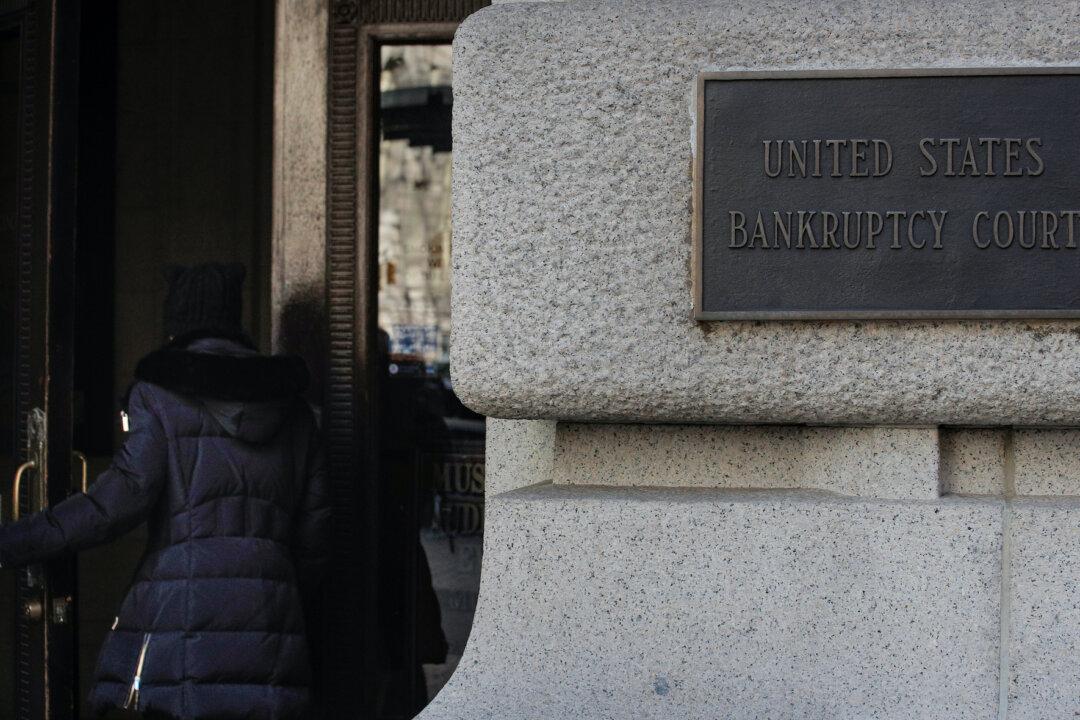Chapter 11 bankruptcy filings in the United States jumped 68 percent in the first half of 2023 compared to the same period last year, according to Epiq Bankruptcy, a provider of bankruptcy filing data.
Epiq reported a total of 2,973 commercial Chapter 11 bankruptcies were filed in the first six months of 2023, compared to 1,766 in the same period last year.




